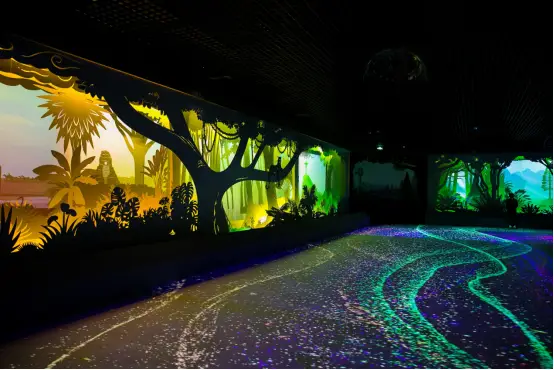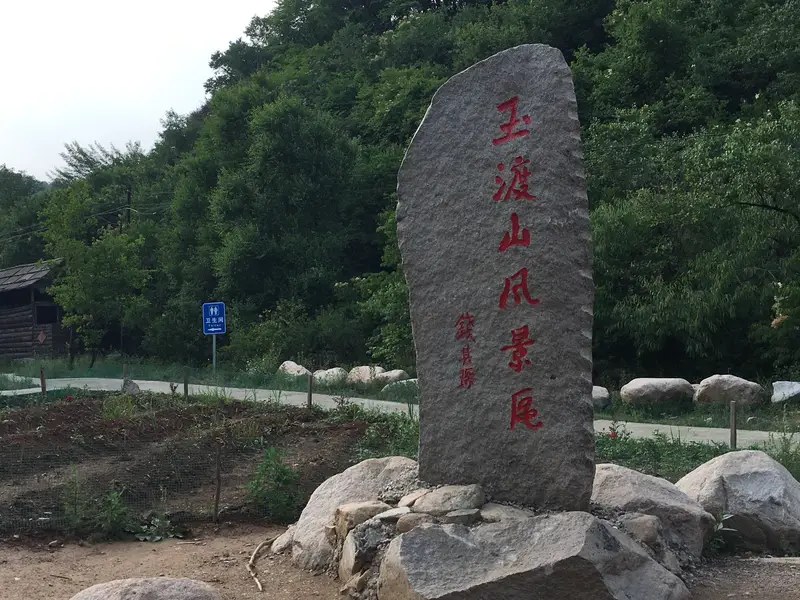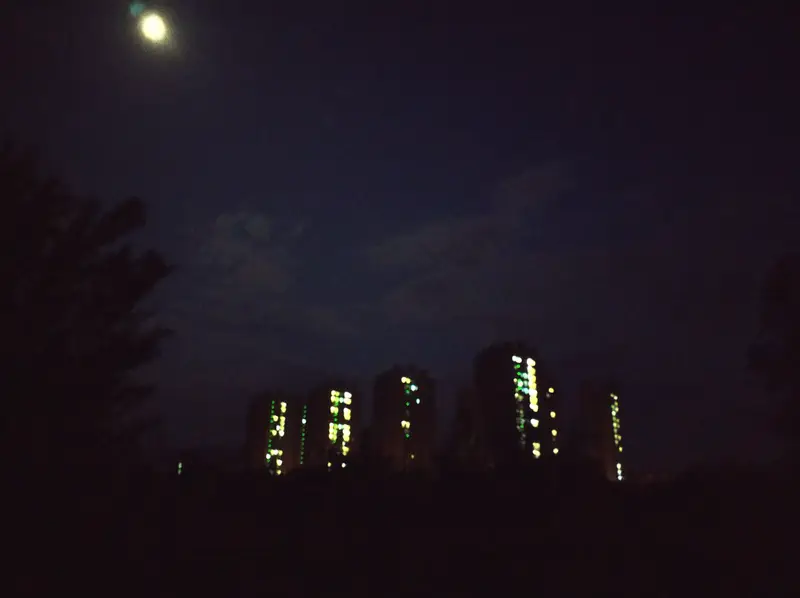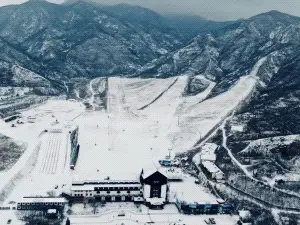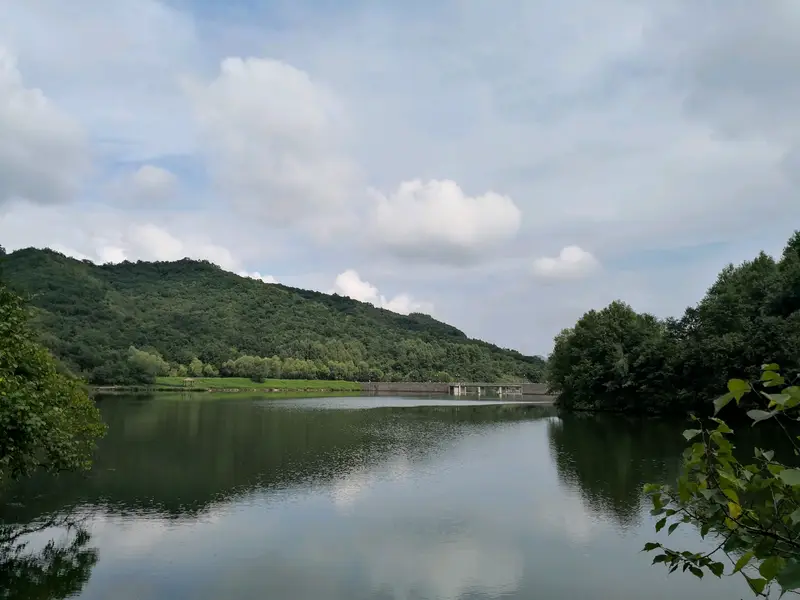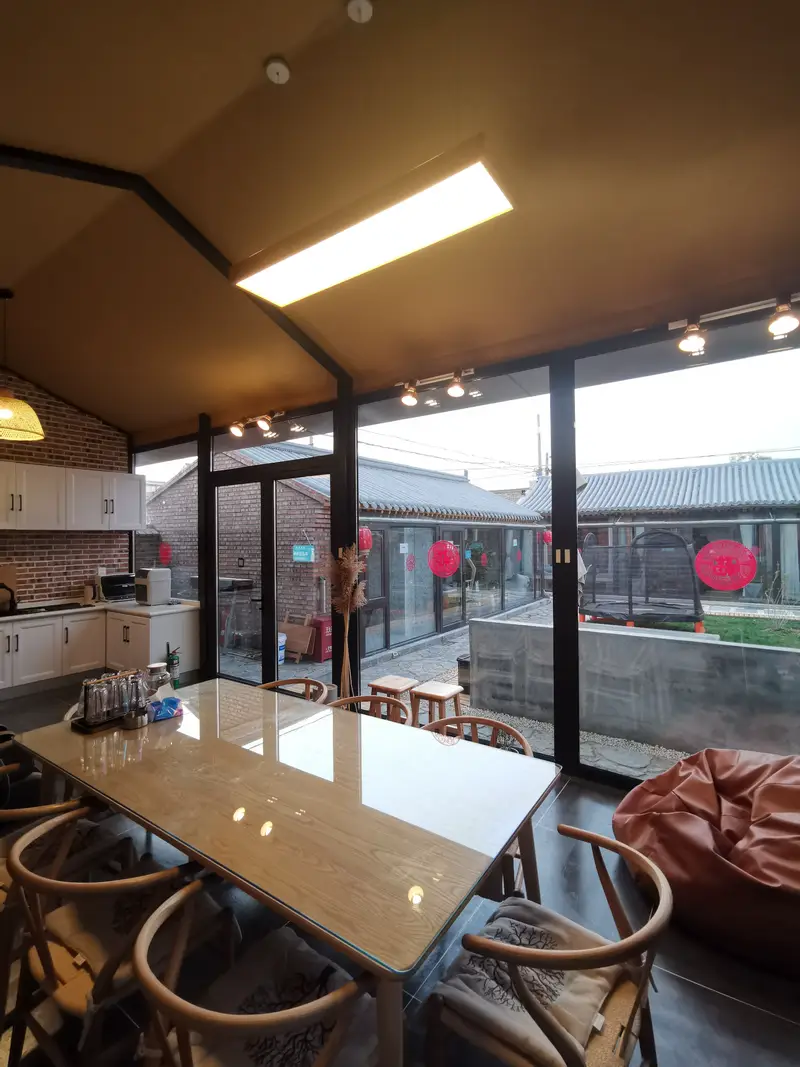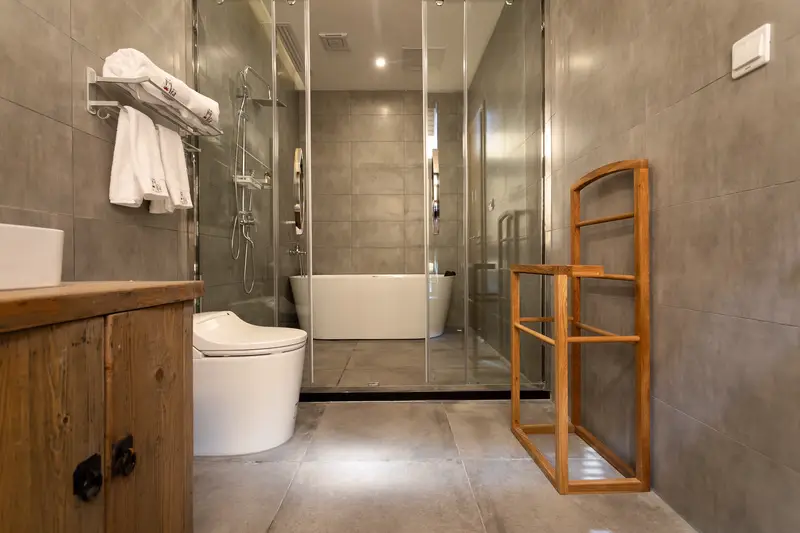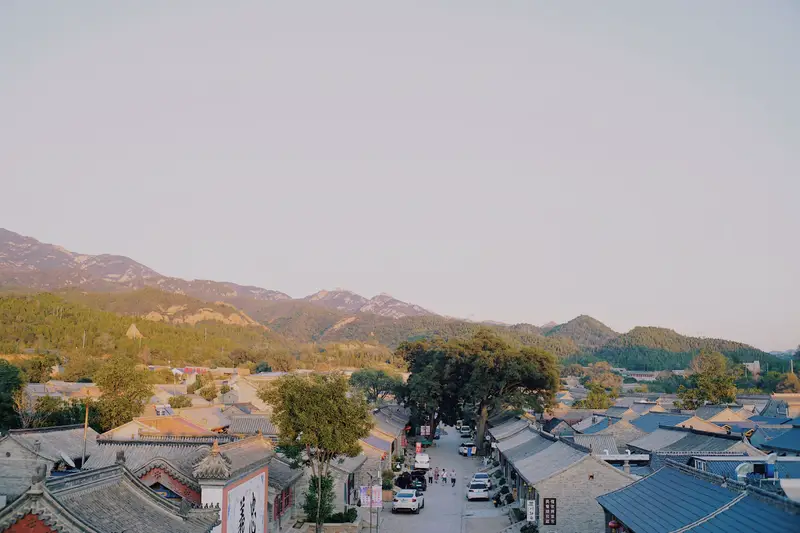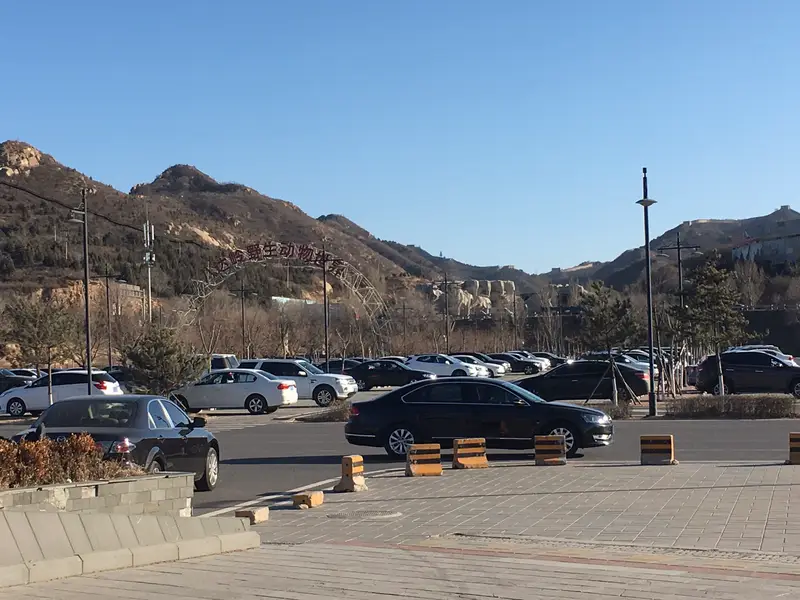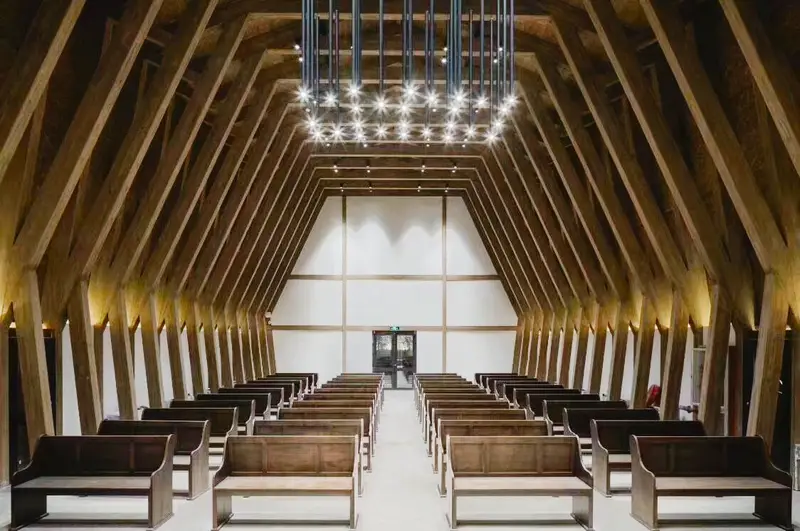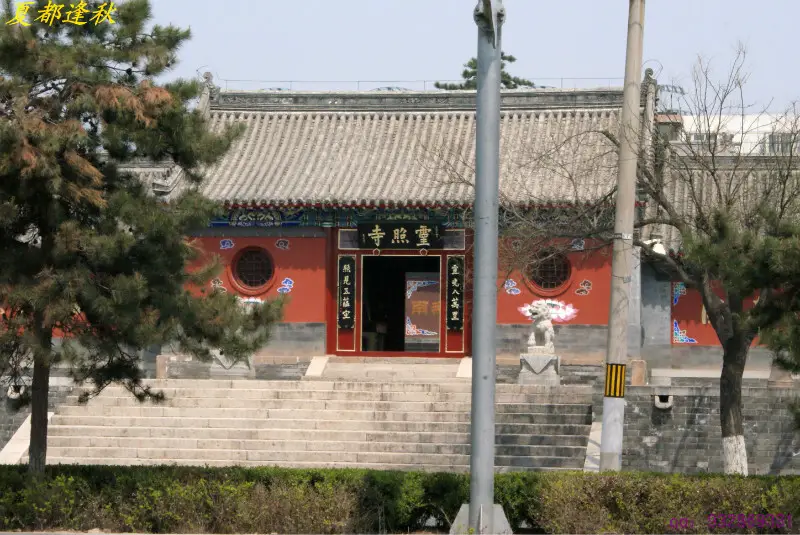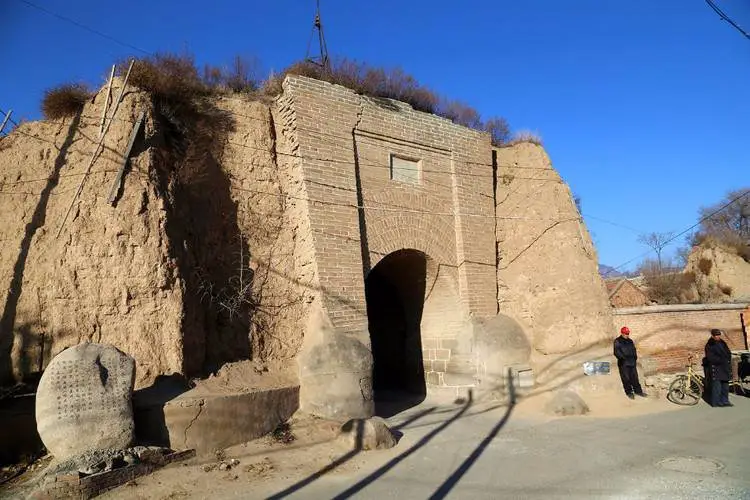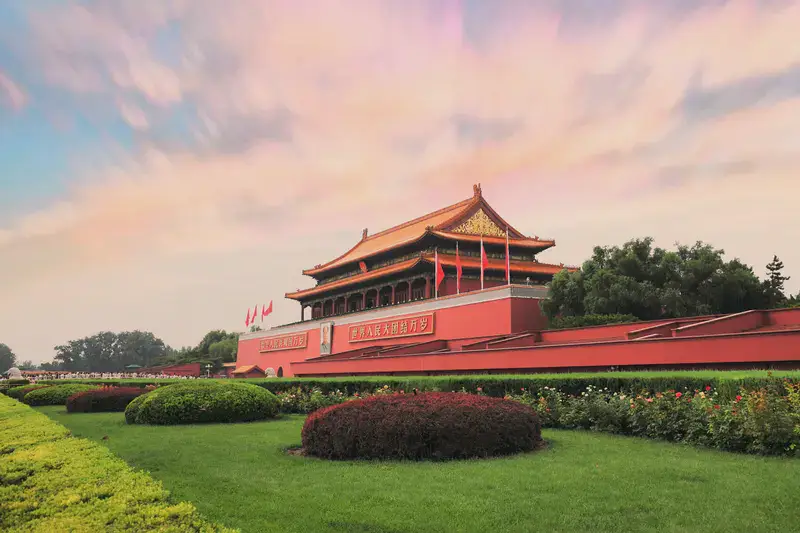The International Pavilion sits inside the sprawling Beijing Expo Park in Yanqing District, about 70 kilometers northwest of downtown Beijing. This area is part of the same region as the famous Badaling Great Wall, making it a perfect stop if you’re already exploring northern Beijing. To get here, you can:
- By subway: Take Line 13 to Huilongguan Station, then transfer to the Yanshan Express (a scenic train) or a local bus.
- By bus: Direct buses like 919 or 877 from downtown drop you near the park entrance.
- By car: Drive along the G6 Beijing-Shanghai Highway and follow signs for “Beijing Expo Park.” Parking is available but gets busy on weekends. Pro tip: Combine your visit with a trip to the nearby Wild Duck Lake or Guangyao Mountain for a full day of adventure!
Natural Scenery: A Green Oasis
Nestled in the International Pavilion’s surroundings, you’ll find lush gardens, serene lakes, and rolling hills—a stark contrast to Beijing’s urban hustle. The park’s design blends nature and architecture, with pathways winding through flower beds, bamboo groves, and tranquil water features. In spring, cherry blossoms and tulip fields burst into color, while autumn paints the landscape in fiery reds and yellows. Don’t miss the Chinese Pavilion Garden, where traditional pavilions and rockeries create a “mini Lijiang” vibe. For photographers, the Flower Labyrinth near the pavilion offers Instagram-worthy shots at sunrise or sunset.
Cultural Highlights: Architecture & Exhibits
The International Pavilion itself is a sight to behold. Shaped like a giant flower petal, its steel structure is covered in solar panels, symbolizing eco-friendly innovation. Inside, rotating exhibits showcase themes like global sustainability, Chinese tea culture, and plant science. The Hall of Nations displays souvenirs and crafts from past international horticulture expos, giving you a taste of world cultures without leaving Beijing. For history buffs, the China Pavilion combines modern tech with traditional motifs—think LED screens projected onto Ming-dynasty-style roofs.
Practical Facilities for Visitors
The park is super visitor-friendly:
- Dining: Options range from quick bites (try the Expo Snack Street for dumplings and ice cream) to upscale restaurants with lake views.
- Restrooms: Clean and plentiful, with family-friendly stalls and baby-changing stations.
- Accessibility: Ramps, elevators, and wheelchair rentals ensure everyone can explore.
- Kid zones: Playgrounds, a petting zoo, and a Children’s Botanical Garden keep little ones entertained. Bring cash for food stalls, but most shops accept mobile payments too.
What to Expect During Your Visit
A trip to the International Pavilion feels like stepping into a futuristic botanical wonderland. Start at the main pavilion to grab a map, then wander freely—there’s no strict route. Audio guides are available in multiple languages, but chatting with the friendly staff often yields fun facts (like how the building’s curves represent “mountains and rivers”). On hot days, duck into the Underwater World exhibit for a cool down, or rent a paddleboat on the lake. If you visit on a festival day, prepare for live performances, light shows, and fireworks over the pavilion!
Pro Tips for First-Time Visitors
- Timing: Visit on a weekday morning to avoid crowds. Spring (April–June) and fall (September–October) offer the best weather.
- Footwear: Wear comfy shoes—the park is huge, and you’ll walk a lot.
- Photo spots: The pavilion’s reflection in the lake at dusk is magical. The Bamboo Forest Path and Flower Clock are other top photo ops.
- Souvenirs: Buy seeds or potted plants from the Expo Shop—a unique, green reminder of your trip.
Whether you’re a nature lover, architecture nerd, or just looking for a peaceful escape, the International Pavilion has something for everyone. Pack a picnic, bring your curiosity, and lose yourself in this hidden gem outside Beijing!


